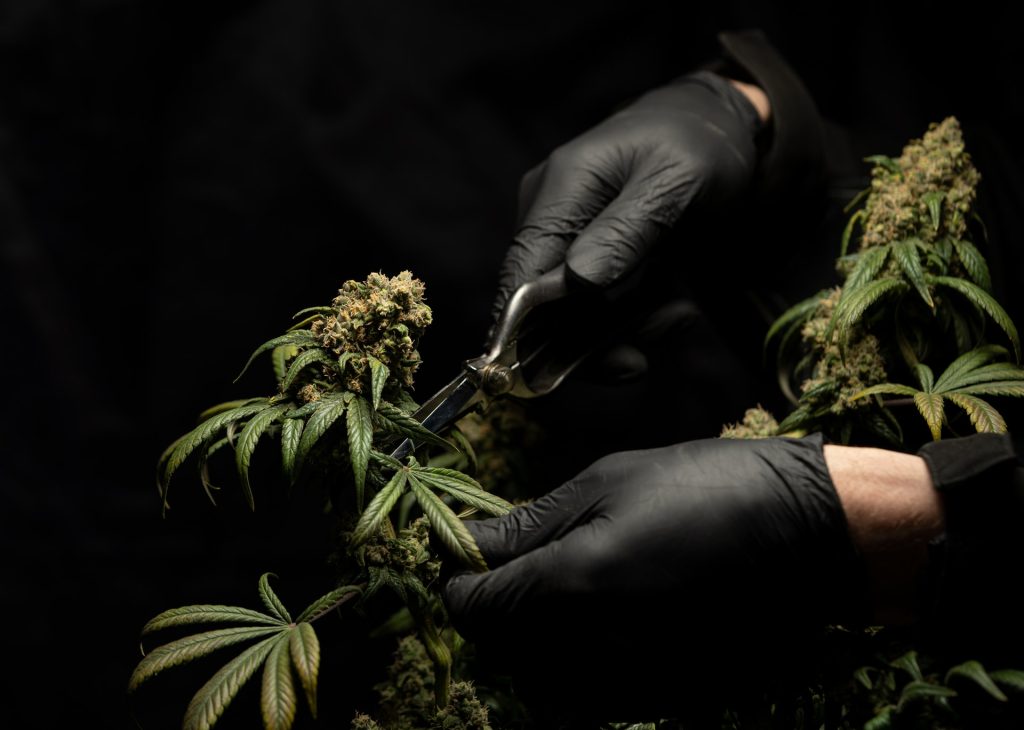Surprising Trends among Vaping Teens Reveal Vulnerable Groups

A study published today in the American Journal of Preventive Medicine used survey data from US high school students to determine how prevalent vaping is in different sexual orientation, race, and ethnicity groups. They found dramatic differences and surprising patterns in vaping rates across these identity markers.
Vaping is on the rise among teens, with half of all US high school students in having tried vaping at least once and a third of these students vaping regularly.
From 2019–2020, the popularity of disposable e-cigarette use among US high school students who currently vaped went up by 1000%, from 2.4% to 26.5%, according to the CDC. Since nicotine in e-cigarettes is highly addictive, and e-cigarette use in teens leads to higher risks of smoking regular cigarettes later in life, researchers wanted to know more about which groups of teens are currently vaping and possible predisposing factors.
The study, which uses survey data of over 38 000 high school students from 2015–2019, fills in a wide gap that exists in e-cigarette studies: research on vaping prevalence among young people at the intersections of more than one minoritised identity.
The study uncovered significant differences in the prevalence of current e-cigarette use between lesbian and heterosexual girls when comparing across racial groups.
Current e-cigarette use was higher in Black lesbian girls compared to Black heterosexual girls (18.2% vs 7.1%). The rate was also higher in multiracial girls who identify as lesbian compared to multiracial girls who identify as heterosexual (17.9% vs 11.9%). On the other hand, White lesbian girls were found to be at lower risk of current vaping compared to White heterosexual girls (9.1% vs 16.1%).
Among boys, there were no significant interactions between sexual orientation and race or ethnicity in relation to vaping prevalence.
Previous surveys of gay and lesbian teens suggest that e-cigarette use might be a coping mechanism to deal with the stress of sexual orientation or gender identity-based discrimination or bullying, or a way to bond with others in their social circle, the authors say. However, prior studies have not reported how e-cigarette use prevalence among youth differ at the intersections of sexual orientation, sex, race, and ethnicity.
One possible reason for finding disparities in e-cigarette use at the intersection of sexual orientation and race among girls, but not boys may be due to higher levels of targeted e-cigarette marketing toward queer women of color, the authors say.
Prior research has found that when compared to White heterosexual young women (aged 18-24), bisexual Black and Hispanic women reported higher levels of exposure to ads for tobacco products, while there were no substantial differences in exposure to these ads among young adult men.
“For years, the tobacco industry has targeted marketing toward traditionally marginalised groups, whether in clubs, bars, Pride events, or through magazines,” said co-author Andy Tan, associate professor at the Annenberg School for Communication. “Sexual, racial, and ethnic minority youth are more likely to report engaging with online tobacco advertising including e-cigarette ads on social media.”
Source: University of Pennsylvania









